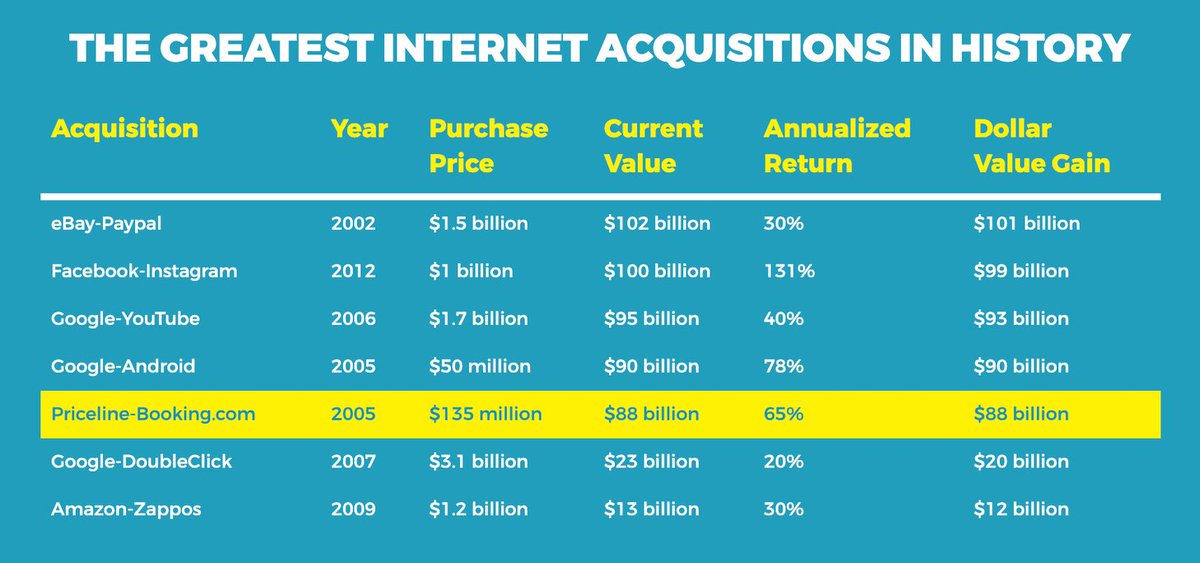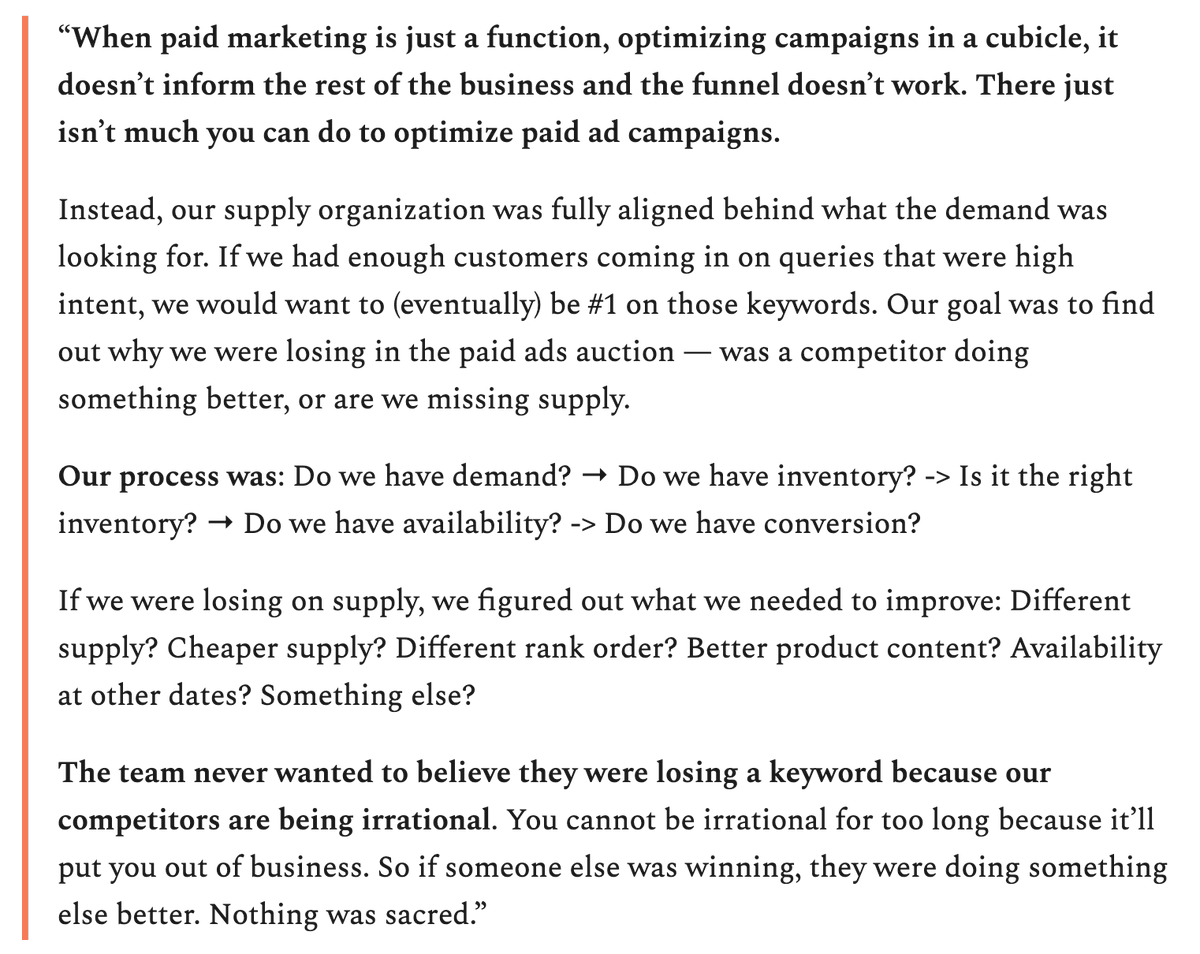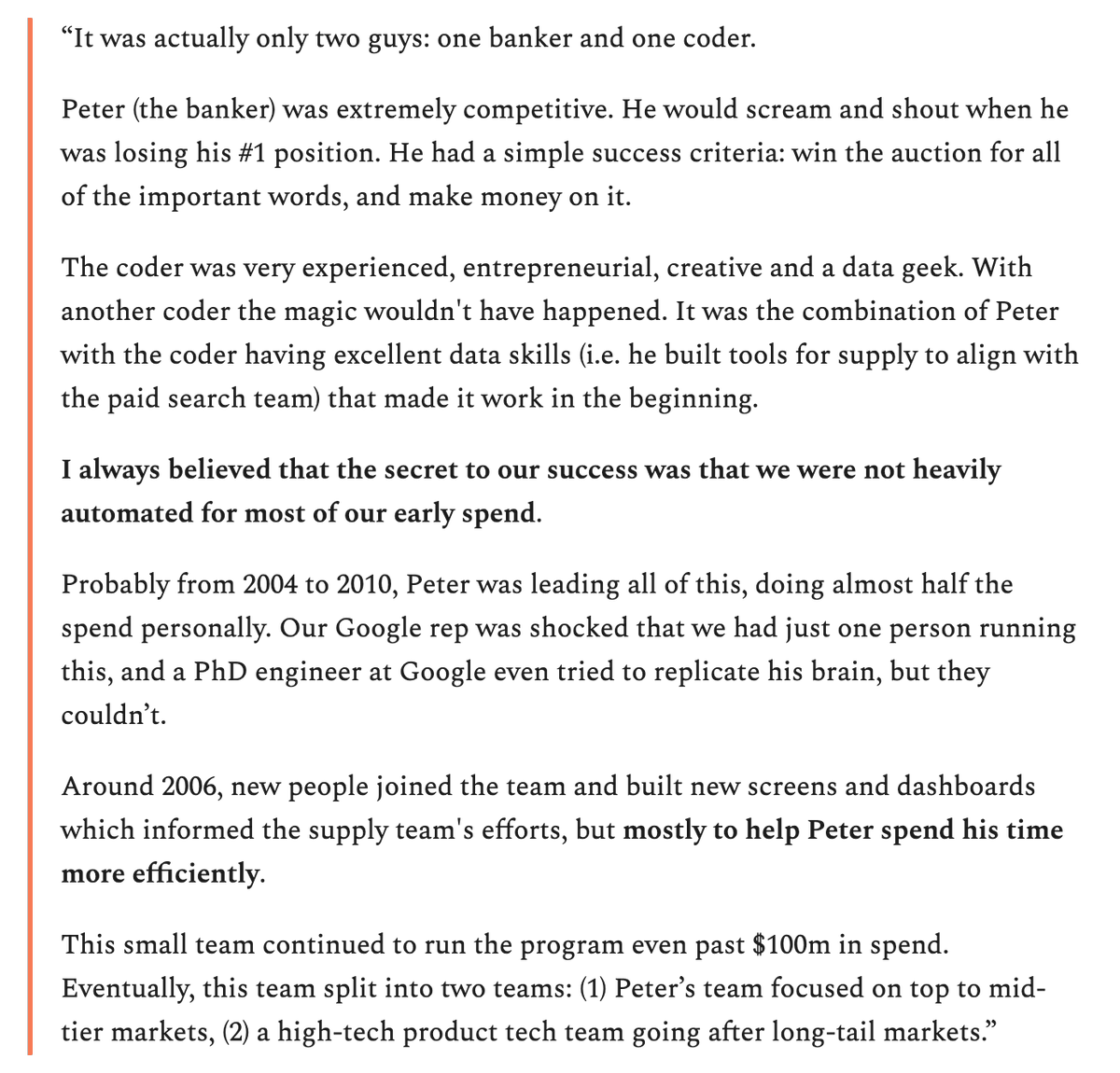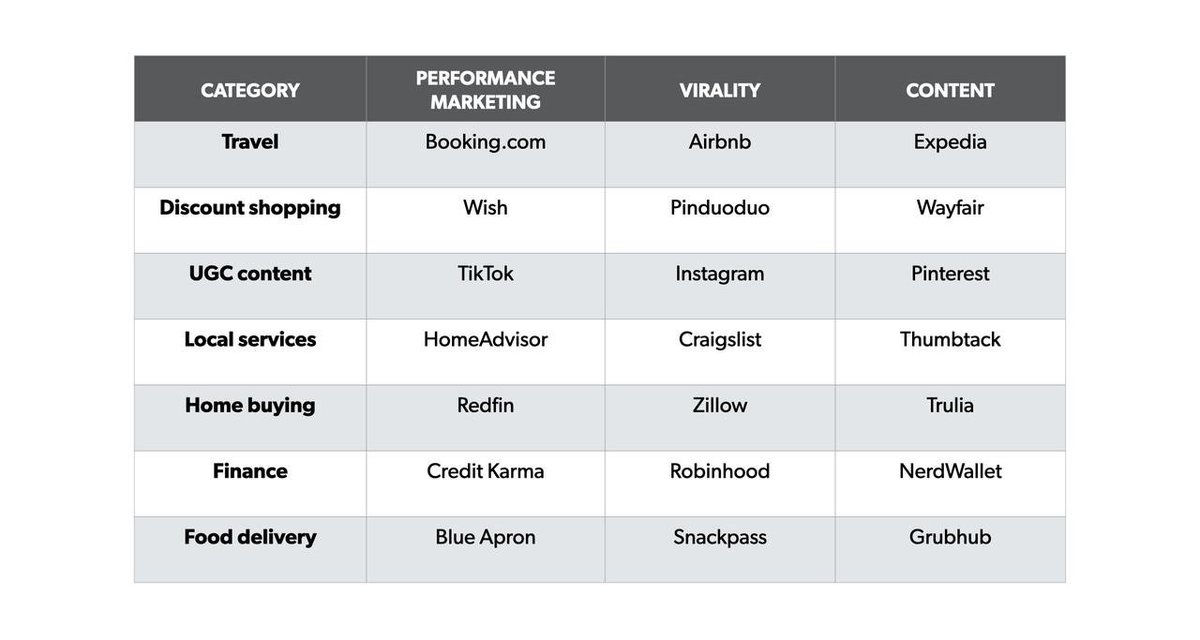
Five unexpected (and essential) jobs of a manager of PMs:
✋ Stop stupid sh*t from happening
🪓 Unblock, unblock, unblock
🏆 Preserve (and improving) the PM team quality bar
🧐 Preserve (and improving) the product quality bar
🤝 Build a strong leadership group
Thread 👇
✋ Stop stupid sh*t from happening
🪓 Unblock, unblock, unblock
🏆 Preserve (and improving) the PM team quality bar
🧐 Preserve (and improving) the product quality bar
🤝 Build a strong leadership group
Thread 👇
1/ ✋ Stop stupid stupid sh*t from happening
You are now in a higher echelon of influence and visibility. As such, your team (and the company) are relying on you to have an active hand in shaping what gets done. Use this newfound power! ...
You are now in a higher echelon of influence and visibility. As such, your team (and the company) are relying on you to have an active hand in shaping what gets done. Use this newfound power! ...
1b/ When you see stupid sh*t happening, within your team or anywhere in the company, push back and ask direct questions.
You’ll be surprised by how much impact your opinion now has.
You’ll be surprised by how much impact your opinion now has.
2/ 🪓 Unblock, unblock, unblock
How do you help your teams become more effective? Not by doing IC PM work (e.g. roadmapping, creating 1-pagers, running every meeting). Instead, it’s by leveraging your newfound influence and authority to unblock your teams at every level...
How do you help your teams become more effective? Not by doing IC PM work (e.g. roadmapping, creating 1-pagers, running every meeting). Instead, it’s by leveraging your newfound influence and authority to unblock your teams at every level...
2b/ Short-term (e.g. making sure decisions are made), medium-term (e.g. hiring quickly to fill gaps), and long-term (e.g. aligning everyone around a winning vision and strategy).
Anything that slows your team down or leads to wasted work is now your fault.
Anything that slows your team down or leads to wasted work is now your fault.
3/ 🏆 Preserve (and improve) the PM team quality bar
At larger companies, you’ll now be included in the performance review and calibration process. This means you’ll have a hand in determining what great performance looks like at every level. The default path is to...
At larger companies, you’ll now be included in the performance review and calibration process. This means you’ll have a hand in determining what great performance looks like at every level. The default path is to...
3b/ make everyone feel good by letting OK work slide. The more courageous path is to push everyone around you to keep that bar as high as possible.
Rage against the dying of the light.
Rage against the dying of the light.
4/ 🧐 Preserve (and improve) the product quality bar
Your teammates will now be coming to you for design reviews, strategy feedback, goal setting, etc. The natural tendency will be to make everyone happy by going with the flow — letting good enough work through...
Your teammates will now be coming to you for design reviews, strategy feedback, goal setting, etc. The natural tendency will be to make everyone happy by going with the flow — letting good enough work through...
4b/ Don’t let this happen. You are now the torch-bearer for the quality, ambition, and innovation that happens within your team, (and adjacent teams).
Without micromanaging and telling everyone exactly what to do, push your team to think deeper and go further.
Without micromanaging and telling everyone exactly what to do, push your team to think deeper and go further.
5/ 🤝 Build a strong and united leadership group
As an IC PM, your team was your cross-functional IC peers (e.g. engineers, designers, DS, researchers, etc). As a manager, your team is now your peer managers (e.g. EM, design manager, DS manager, etc). It’s essential that you...
As an IC PM, your team was your cross-functional IC peers (e.g. engineers, designers, DS, researchers, etc). As a manager, your team is now your peer managers (e.g. EM, design manager, DS manager, etc). It’s essential that you...
5b/ ...work as one unit because your team will be looking to you each of you for a clear direction and confidence. Put just as much, if not more, effort into building a strong relationship with this new team than you did with your IC team. Sit together, ...
5c/ have a weekly leads meeting, and constantly be checking in with each other on priorities, blockers, and personnel issues. The more cohesive your leadership team, the more cohesive your entire time will be.
6/ Much more, including how to get promoted and how to be successful in the job in the full post
lennyrachitsky.com/p/moving-from-…
lennyrachitsky.com/p/moving-from-…
• • •
Missing some Tweet in this thread? You can try to
force a refresh






